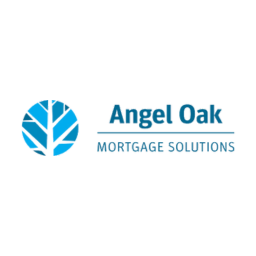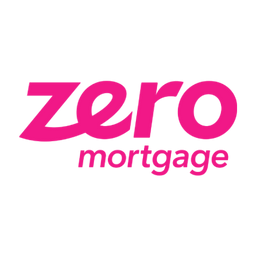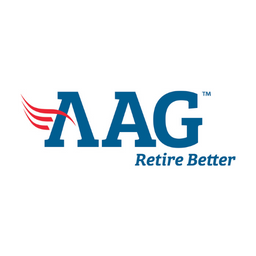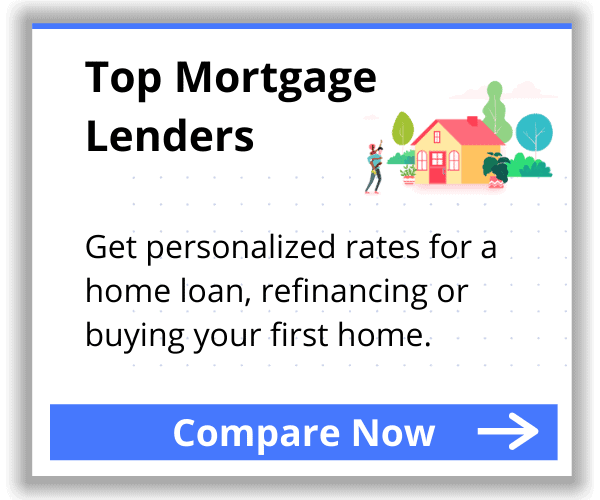Are you buying a new home soon? You’ll likely have to make a hefty down payment and cover closing costs. Depending on the loan you select, you may also have to carry private mortgage insurance (PMI) unless you make a larger down payment or take out a piggyback loan. These loan products are also often used to help buyers steer clear of jumbo loans or get a lower interest rate when financing their home purchase.
What is a Piggyback Mortgage Loan?
A piggyback mortgage is a type of loan that homebuyers take out in addition to their primary mortgage. It’s considered a second mortgage, which would be paid off after the primary mortgage if the borrower decided to sell the home.
How Do Piggyback Loans Work?
Homeowners use these loans to avoid PMI, jumbo loans, or to secure a lower interest rate. The first mortgage covers 80 percent of the purchase price, and the second mortgage covers the other 20 percent, 15 percent or 10 percent. You’ll pay the remaining amount (if applicable) in cash as the down payment.
Types of Piggyback Loans
There are three types of piggyback loans to choose from.
80/10/10 Piggyback Loan
This is the most common type of piggyback loan. With an 80/10/10 loan, the first mortgage covers 80 percent of the purchase price and the second mortgage covers another 10 percent. The remaining 10 percent is taken care of by the buyer through a 10 percent cash-down payment. To illustrate, if you buy a home for $400,000, the first mortgage will cover $320,000. The second mortgage (or piggyback loan) will cover $40,000, and you’ll pay the remaining $40,000 out of pocket. Consequently, the total down payment on the home will be $80,000, which is 20 percent of the purchase price.
80/15/5 Piggyback Loan
An 80/15/5 piggyback loan is ideal if you have less cash on hand to make a down payment. It works exactly like an 80/10/10 loan, but you’ll put 5 percent down out of pocket instead of 10 percent, bringing the down payment to 15 percent.
80/20 Piggyback Loan
Suppose you don’t have money saved for a down payment; an 80/20 piggyback loan is a good fit. Your primary mortgage will cover 80 percent of the purchase price, and the second mortgage will cover the other 20 percent. So, you won’t have to come out of pocket for a down payment on the home.
The Pros and Cons of Piggyback Loans
Piggyback loans have some key advantages, but there are also drawbacks to consider before deciding if they are a good fit for you.
Pros of Piggyback Loans
- You can avoid PMI. PMI helps the lender avoid financial damages if you default on your mortgage and is typically required if your down payment is under 20 percent. It’s relatively pricey and could add several hundreds of dollars to your mortgage payment, which makes taking out a piggyback loan a better option.
- You can avoid having to take out a jumbo loan. If you’re planning to purchase a home that exceeds the conforming loan limit, you’ll have to take out a jumbo loan with a steep interest rate or fork over a hefty down payment. Or you can use a piggyback loan to help you cover some of the costs. For example, assume the conforming loan limit for conventional mortgages is $647,200 in your area. If the home you want to buy is $800,000, you’ll need a down payment of at least $152,800 ($800,000 – $647,200) to take out a conventional loan. But if you can get an 80/10/10 piggyback loan, you’ll only need to bring $80,000 to the closing table.
- You can buy a new home easily even if your other home hasn’t sold. It can be challenging to come up with a down payment for a new home if you still haven’t sold the one you’re currently in. But a piggyback loan can lend a helping hand, so you won’t have to miss out on the opportunity to get a good deal on your next home.
Cons of Piggyback Loans
- You may have a higher interest rate on a piggyback loan. These loan products often come with higher interest rates, which means they can be costly over the life of the loan.
- Your monthly payment on a piggyback could be steep. Piggyback loans also have shorter loan terms, so the monthly payment could stretch your budget thin.
- You’ll have to pay closing costs twice. When you finalize the transaction, you’ll have to pay closing costs on the first and second mortgage.
- You could have trouble refinancing your home. Some lenders may require you to pay off the piggyback loan if you decide to refinance your home later on down the road.
Alternatives to Piggyback Loans
If you decide the costs of these loan products outweigh the benefits, there are other options. First, you could always pay for PMI out of pocket or settle for a less expensive home. But suppose you’re unwilling to adjust your budget. In that case, you could apply for a jumbo mortgage and refinance into a conventional loan once the outstanding loan amount is low enough to qualify.
Are you planning to use a piggyback loan to buy a second home without selling the one you currently live in? There’s also a viable alternative to make a down payment on a second home without incurring any additional debt. It’s called a co-investment. They offer you cash now in exchange for a share in your home’s change in value when you decide to sell.
You can unlock a percentage of your home’s equity. Even better, there are no monthly payments, so you’re free to live life on your own terms. Throughout the agreement, you retain full ownership of your home, too.











